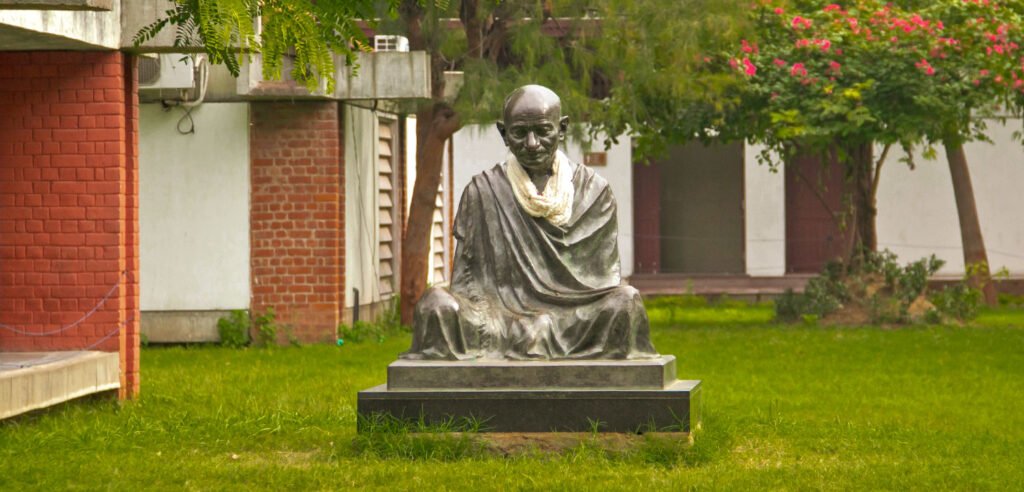
Sabarmati Ashram, situated on the tranquil banks of the Sabarmati River in Ahmedabad, Gujarat, is of great historical importance since it was connected to Mahatma Gandhi and a launchpad for India`s freedom movement. Founded in 1917, this was not only Gandhiji’s residence but also the headquarters of many historic movements for Indian independence. Now, it is an emblem of humility, non-violence, and self-sufficiency, attracting people from around the world.
Table of Contents
Sabarmati Ashram: a Brief History
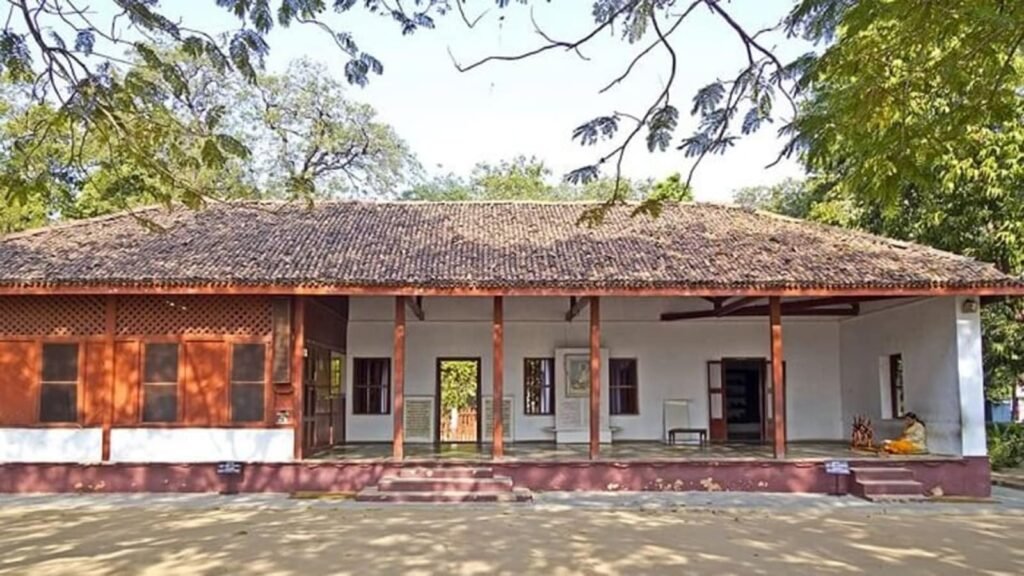
Sabarmati Ashram was established on June 17, 1917, by Mahatma Gandhi. Originally called Satyagraha Ashram, it had been moved to the banks of Sabarmati from Kochrab as more space was required for the activities Gandhi was planning. The site was significant—adjacent to two important places: the Sabarmati jail and a crematorium, signalling both a sense of atonement for the decision as well as of sacrifice and martyrdom for India.
Gandhi’s philosophy of Satyagraha (truth force) and Ahimsa (non-violence) found a home in this ashram. Gandhi forged the tenets of self-reliance, Swadeshi, and communal harmony here. Around 1930, the ashram also prepared volunteers who joined in civil rights and independent struggle movements.
View More: Statue of Unity
Key Features of the Ashram
Hriday Kunj
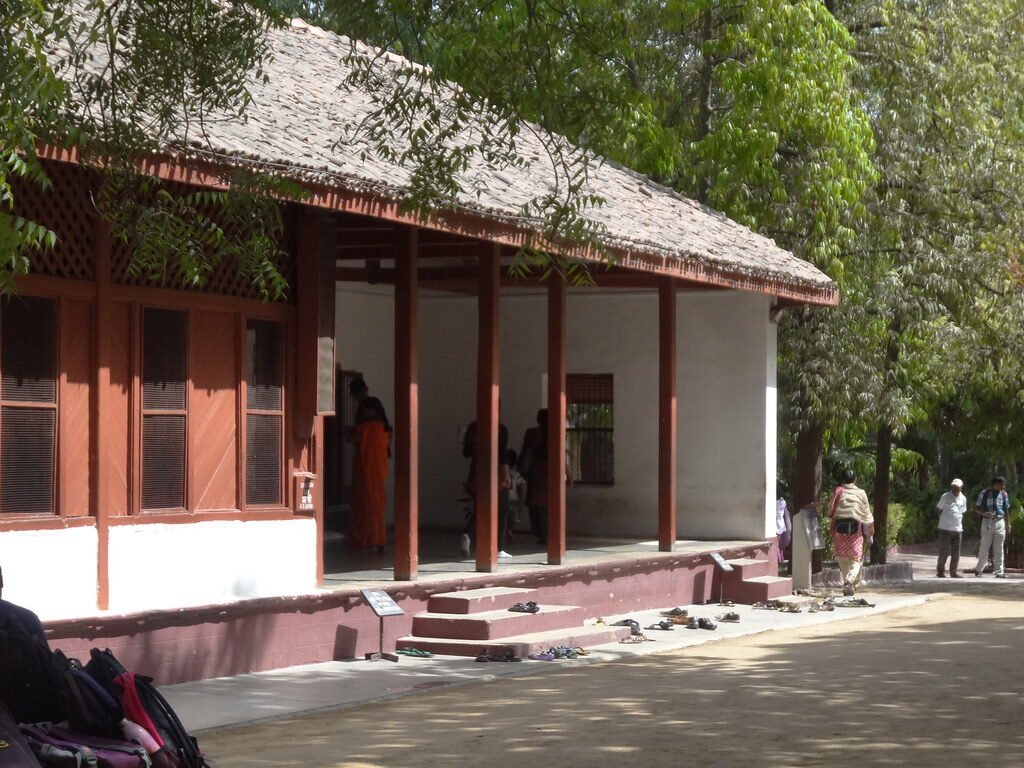
Mahatma Gandhi Resided in Hriday Kunj, The Small Eden Where the Ashram Contains This was preserved to show the simplicity of Gandhi — possession of a spinning wheel (charkha), writing desk and letters are on display. This is the cottage which truly represents the ethos of Gandhi’s minimalism and purposeful living.
Museum
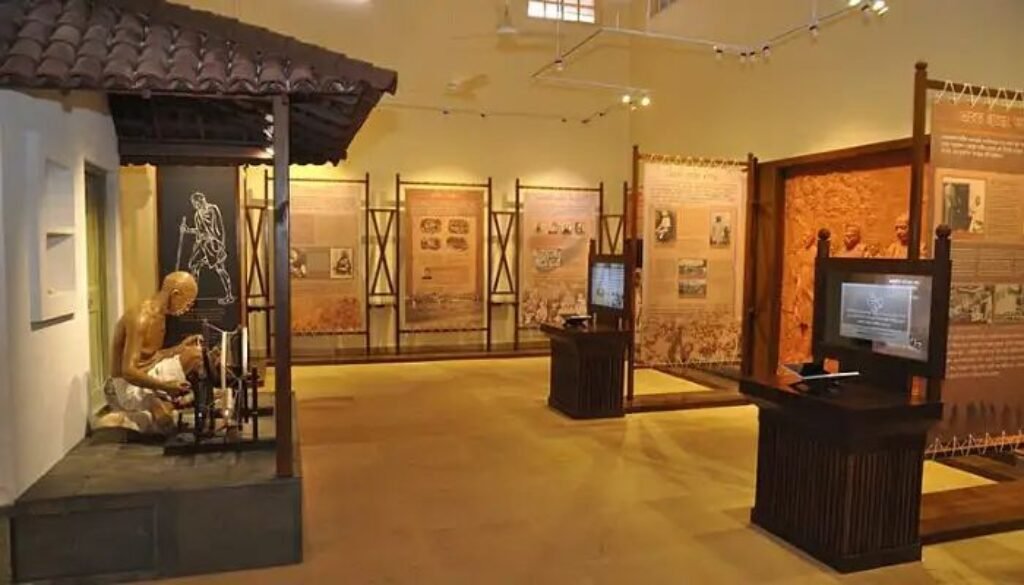
There is also a museum in the ashram that showcases and walksthroughs Gandhi’s life, challenges, and teachings. The museum built by Charles Correa rests upon:
Images: Important events of Gandhi’s life.
Excerpts from Letters and Writings: From letters exchanged with world leaders
Revolves around: Artefacts related to Gandhi and used by him during his stay at the ashram.
Gandhi has been a pivotal figure in India shaping this modern land, so the galleries at the museum are curated to provide insight into Ghandi.
Magan Niwas
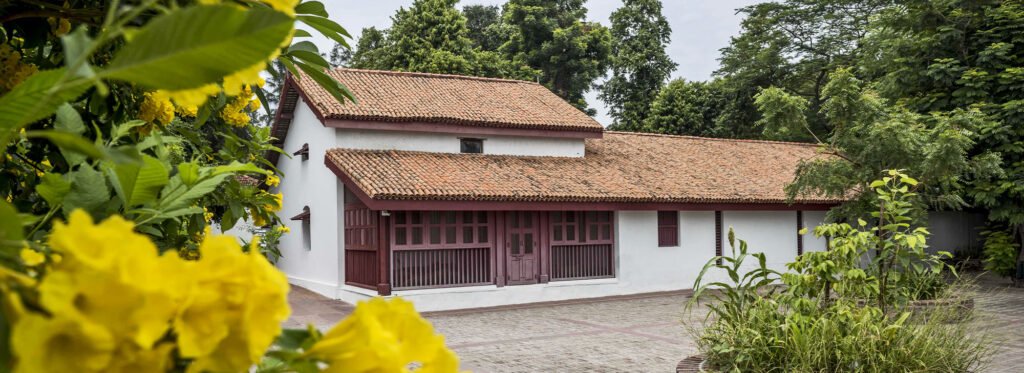
The building is named after Maganlal Gandhi, who was a close associate and nephew of Gandhi, and this is dedicated to his efforts in promoting khadi and sustainable living. Magan Niwas is another constant reminder of the ashram’s ideals for self-sufficiency and rural upliftment.
Vinoba-Mira Kutir
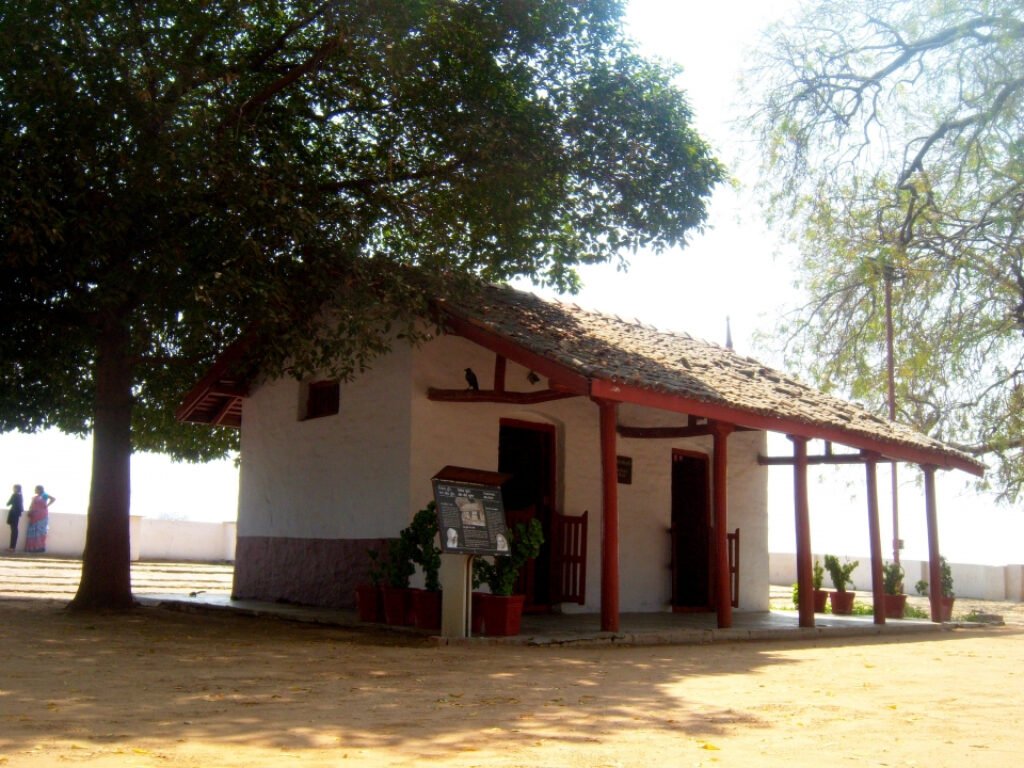
Vinoba Bhave and Mirabehn (Madeleine Slade) were closely associated with Gandhi, and this area is dedicated to them. It embodies their commitment to Gandhi and strong involvement in the Indian freedom struggle.
The Charkha Gallery
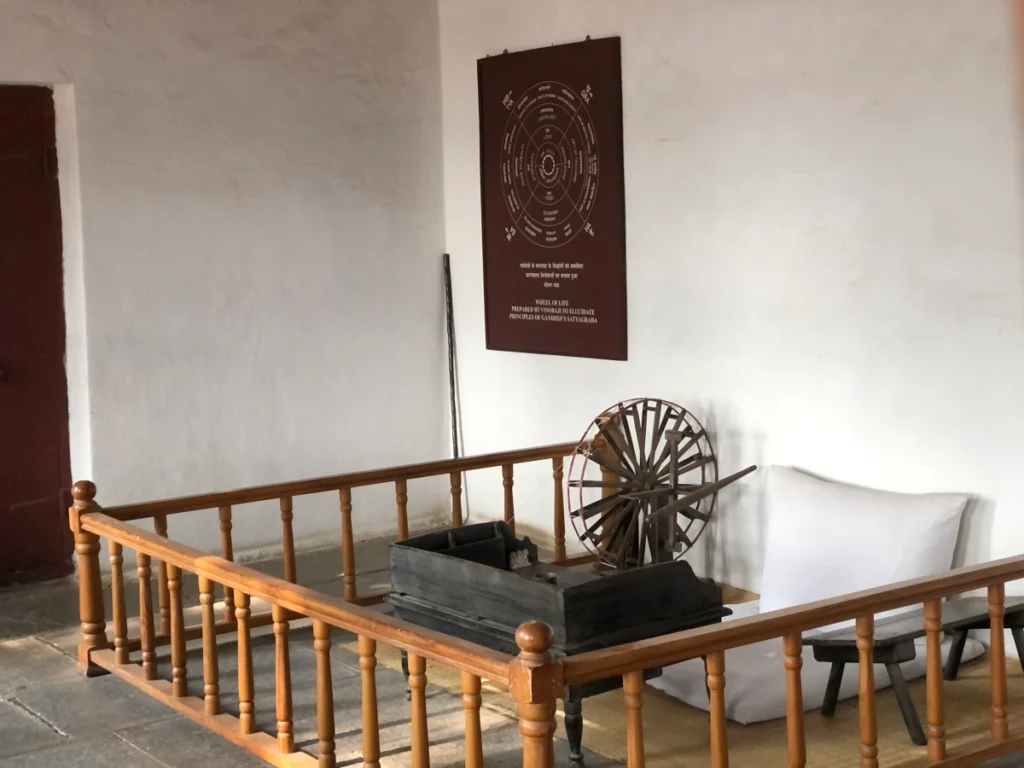
Self-reliance was synonymous with charkha, or spinning wheel, in Gandhian thought. The gallery illustrates its importance in history and reveals its place in the Swadeshi movement.
Library
Gandhis watching over the library of the ashram, which is a well-stocked treasure for books about/manuscripts and faster reflection material with regards to Gandhi and the freedom movement. It provides researchers, historians, and anyone who is interested in learning about India’s history with a reference point.
View More: :Bet Dwarka
Contribution to Freedom Struggle of India
It was not merely Gandhi’s home but the site of his own experiments in truth and non-violence. Sabarmati Ashram It was here that:
The Non-Cooperation Movement (1920–22) started.
On March 12, 1930, the Civil Disobedience Movement started with the historic Dandi March. Expressing opposition to the British monopoly on salt, Gandhi and 78 of his followers marched 241 miles to Dandi, a coastal village.Its part in garnering Indian freedom is unparalleled, as the Ashram was a proving ground for innumerable freedom contenders.
Philosophy at Sabarmati Ashram — Gandhi
The ashram represented Gandhi’s principles of:
● Simple living: minimalism/dissatisfied with the rich lifestyle.
● Self-Reliance: Khadi Sector and Rural Industries Development.
● Community: Overcoming caste, religion and class boundaries
● Satya (truth) and Ahimsa (non-violence): The basis of all actions and decisions at the ashram.
The values that developed at the Sabarmati continue to guide people and movements across the world
Visitor Experience Today
Visitors to the Sabarmati Ashram include students and researchers, tourists, and seekers of peace. It lends a certain uniqueness to its experience by virtue of its ambience and the heritage value of his site. Here are a few highlights for guests:
The experience of walking through Hriday Kunj and experiencing Gandhi’s simple way of living.
Inside the museum galleries to learn more about India’s fight for freedom.
You may participate in spinning at Charkha Gallery.
Perusing the library for a more profound understanding of Gandhi’s philosophy.
The ashram conducts workshops, discussions, and other activities to promote Gandhi’s teachings and their relevance in the modern world.
Legacy and Relevance
Sabarmati Ashram is not merely a historical monument but a living institution that continues to inspire people worldwide. The core of Gandhi’s message is about timeless values, and they can continue to guide us to summon modern challenges like inequality, environmental degradation, and conflict. The ashram is a testament to the trauma and hardships endured by him in pursuit of justice through truth and non-violence.




